New Sixplex Regulations In Toronto - What You Need To Know
Toronto has recently introduced new regulations that allow sixplexes - low-rise residential buildings with six dwelling units - to be built or converted in designated areas without rezoning. These changes are part of the city's broader effort to tackle the housing crisis by increasing the supply of affordable, family-sized housing through gentle density in low-rise neighborhoods.
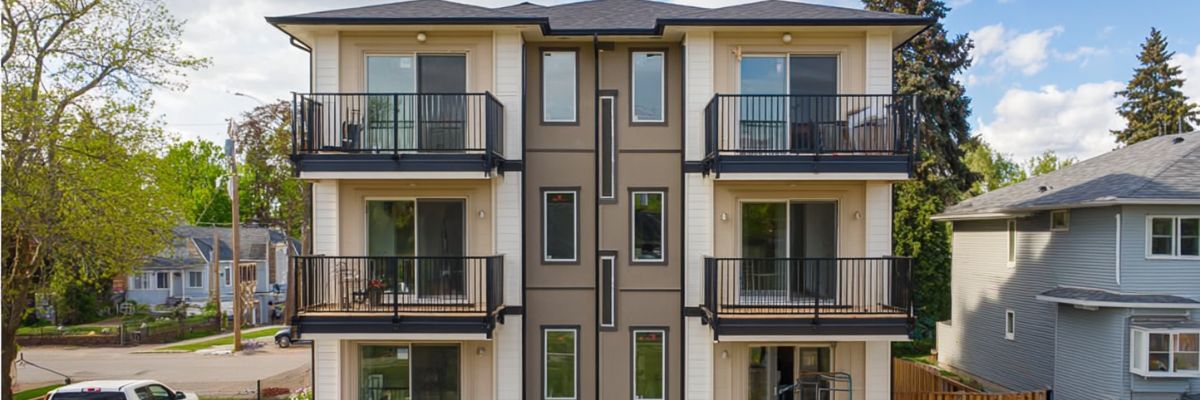
What Are the New Sixplex Rules?
Approval in Nine Wards Without Rezoning
As of June 2025, Toronto City Council has approved as-of-right sixplex permissions in nine key wards. These include areas in the former Toronto and East York districts as well as Scarborough North. In these zones, homeowners and developers can now build or convert properties into six-unit dwellings without going through time-consuming rezoning or minor variance processes.
This move is part of a pilot program and aligns with broader housing reforms initiated by the city in response to both local demand and provincial housing targets.
Building Height and Design Limitations
The new regulations allow sixplexes to be built up to four storeys high, with a maximum height of 10.5 meters. This slight height increase compared to previous low-rise limits enables:
- Taller basement ceilings
- More natural daylight in lower units
- Improved overall livability for all six units
This ensures that while density increases, the buildings remain compatible with the existing character of surrounding neighborhoods.
Where Can Sixplexes Be Built?
Current Coverage: Nine Pilot Wards
The new rules currently apply to:
- Former City of Toronto wards
- East York districts
- Scarborough North
These areas were selected to test the policy in neighborhoods with a mix of housing stock and infrastructure that can support modest increases in density.
Expansion Plans
Toronto is actively studying how to extend sixplex permissions city-wide. While debate continues at City Council, planners and housing advocates are pushing to bring these allowances to all low-rise neighborhoods, potentially by late 2025 or early 2026.
Builds and Conversions Both Permitted
The regulations allow:
- New sixplex construction on empty or tear-down lots
- Conversion of existing detached or semi-detached homes into multiple units
This flexibility is key to unlocking more housing options without necessarily increasing sprawl or demolishing neighborhood character.
Financial Incentives for Builders and Homeowners
Development Charges Waived
One of the biggest changes accompanying the new rules is a significant financial incentive. Toronto is waiving Development Charges (DCs) for up to six residential units per lot, including combinations such as:
- Multiplexes
- Laneway suites
- Garden suites
This reduction in up-front development costs makes it far more feasible for homeowners, small builders, and non-profit housing groups to take on sixplex projects.
Grant Funding Through the Federal Accelerator
Toronto’s regulatory reforms are supported by a $471 million grant from the federal Housing Accelerator Fund. The fund requires cities to implement bold changes that speed up housing approvals and increase density. The sixplex rules are a central pillar of Toronto’s commitment under this program.
Why Sixplexes Matter for Affordability
More Family-Sized Rental Units
Most sixplexes will include units with multiple bedrooms, making them suitable for families who are often priced out of the condo market. This helps address a major gap in Toronto’s housing supply - affordable rentals for families in well-connected, established neighborhoods.
Lower Cost Per Unit
Six-unit buildings are more cost-efficient to build per square foot than smaller infill projects or high-rises. This helps keep rents more affordable for tenants, especially when paired with waived development fees and streamlined approvals.
Alignment With Toronto’s Housing Goals
Meeting Provincial Housing Targets
Toronto is expected to deliver 285,000 new homes by 2031, according to Ontario’s housing supply targets. Allowing as-of-right sixplex development is a critical tool to reach this goal without overburdening infrastructure or altering neighborhood scale too drastically.
Gentle Density in Low-Rise Areas
The city is adopting a "gentle density" approach to ensure that new housing options integrate smoothly with existing communities. By capping height at 10.5 meters and requiring design alignment with surrounding homes, Toronto hopes to avoid the backlash seen in areas where mid-rise or high-rise buildings are introduced too rapidly.
What Standards Still Apply?
Performance Standards in Development
Although rezoning is not required in the pilot areas, site plan approval and performance standards still apply, including:
- Setbacks and building separation
- Tree protection and landscaping
- Waste storage and collection access
- Parking space minimums or alternatives
- Fire and emergency access
- Utility connections
These regulations are still being refined and are expected to be updated later in 2025 based on feedback and feasibility studies.
School and Utility Capacity Under Review
City departments are also evaluating how sixplex growth might impact:
- Public school capacity
- Water and sewer systems
- Emergency services
Toronto aims to ensure the added density can be absorbed without overloading local services.
Will These Rules Expand City-Wide?
Ongoing Debate at City Council
Currently, the sixplex permissions are only in place in the pilot areas. However, City Council is actively considering expanding the policy city-wide to apply in all low-rise residential zones. The goal is to create consistency and avoid patchwork rules that lead to inequality between neighborhoods.
Likely Expansion Timeline
Based on current timelines and political momentum, city-wide expansion could be formalized as early as late 2025 or early 2026. This would mark a major transformation in how low-rise neighborhoods develop in Toronto moving forward.
Benefits of Sixplex Regulations
What Homeowners and Builders Should Do Now
Review Property Zoning
If you’re in one of the nine approved wards, you may already be eligible to build or convert to a sixplex. Use Toronto’s zoning lookup tools or speak to a planner to confirm your lot's status.
Consult with a Designer or Architect
Sixplexes still need to meet building code, fire safety, and design standards. Working with an experienced architect or designer can help you take advantage of the new rules while ensuring compliance.
Apply for Permits
Although rezoning is waived, a building permit is still required. This includes submitting architectural drawings, structural details, and other supporting documents. The city has also committed to faster permit review times for sixplexes as part of the Housing Action Plan.
Final Thoughts
Toronto’s new sixplex regulations represent a major shift in how the city approaches housing development in low-rise neighborhoods. By removing barriers like rezoning and reducing development charges, the city is making it easier and more affordable to build family-friendly rental units. These changes support affordability, align with provincial housing targets, and take a gentle density approach to neighborhood change.
If implemented city-wide, sixplex permissions could dramatically increase Toronto’s housing supply without sacrificing the character of its residential communities.
Thinking about building or converting a sixplex? Contact Toronto General Contractors today for a consultation on your property. Our experienced team can help you navigate the latest zoning rules, create efficient designs, and manage the entire build process from start to finish.


.jpg)
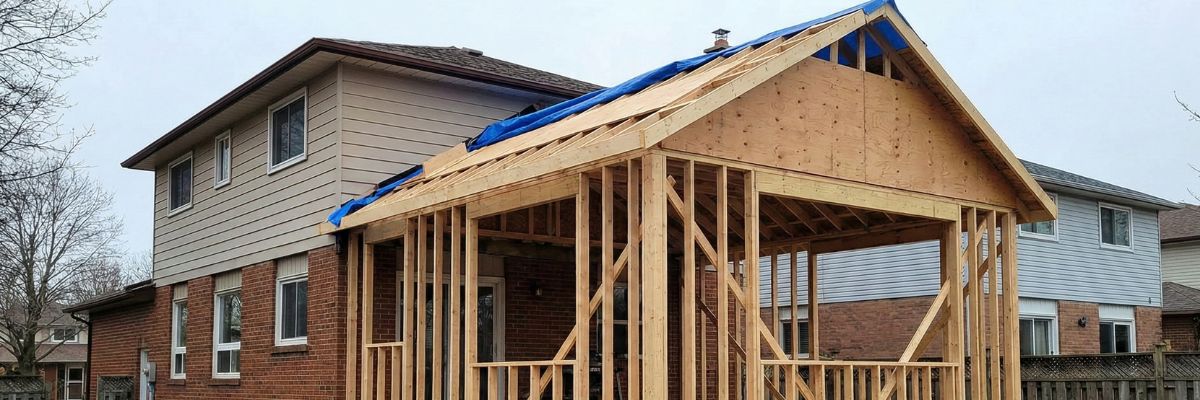
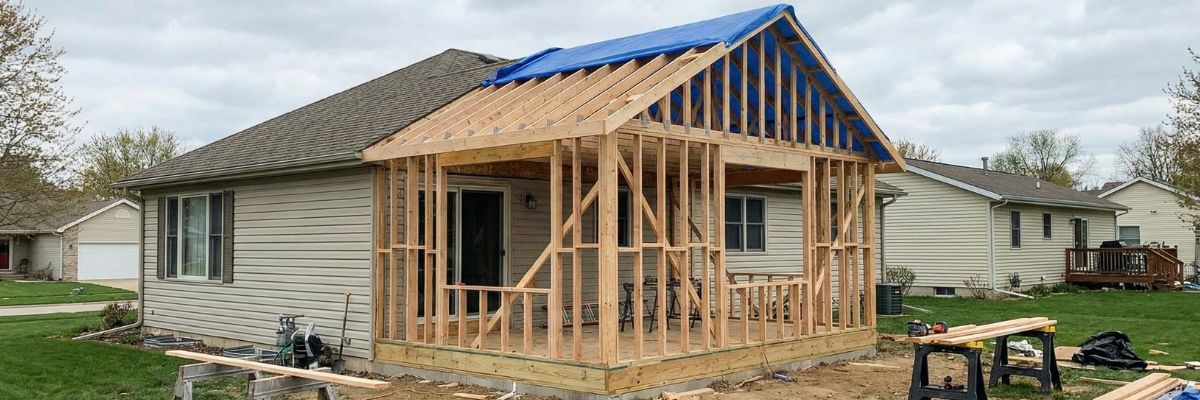

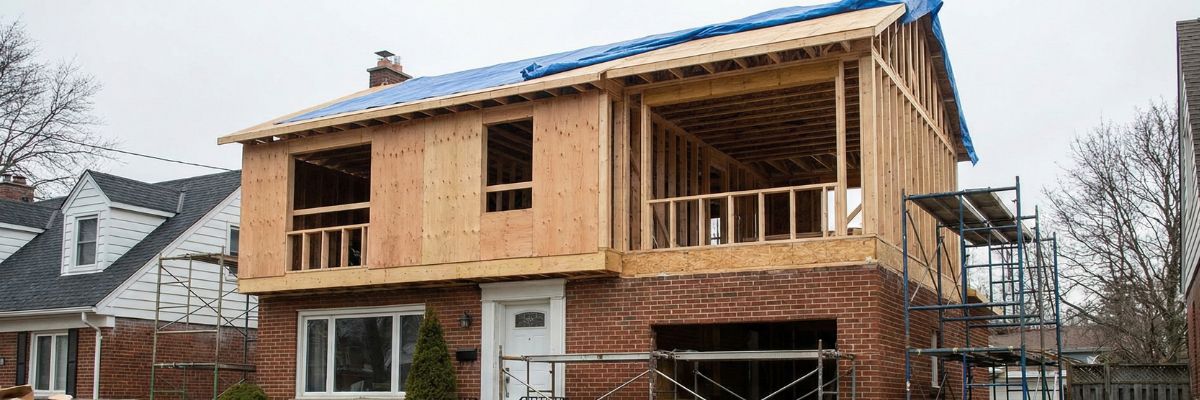

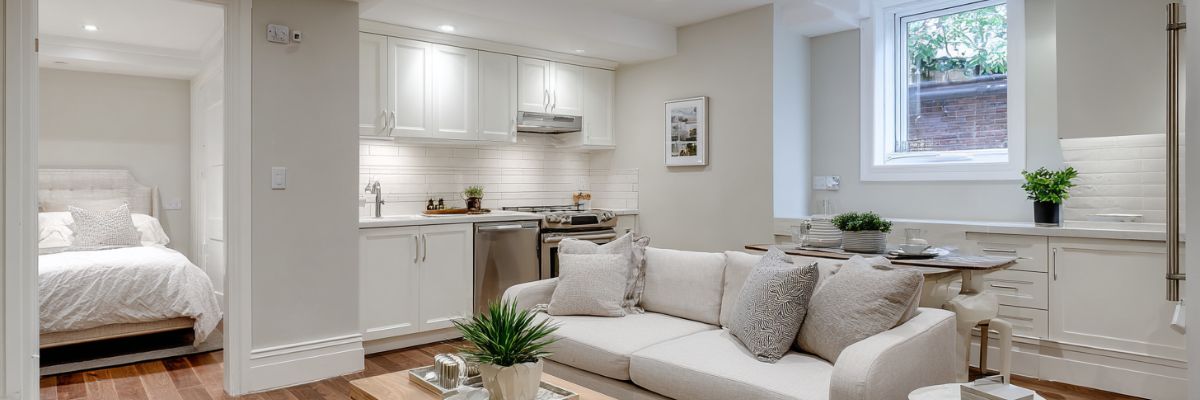

.jpg)
